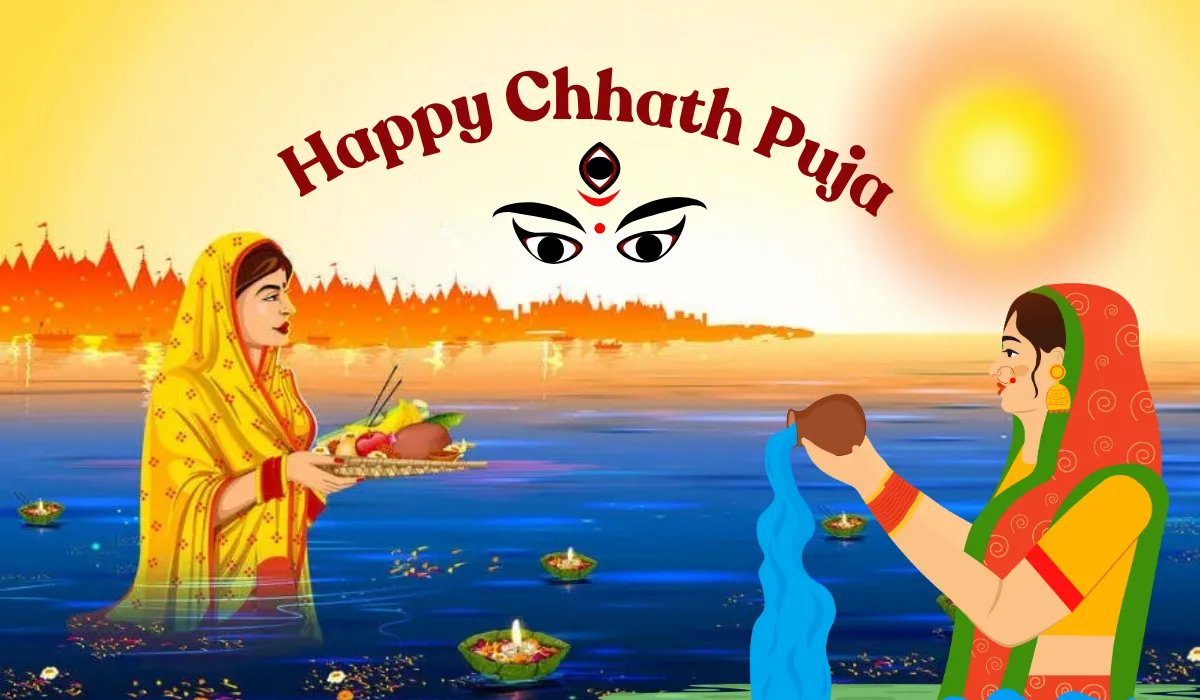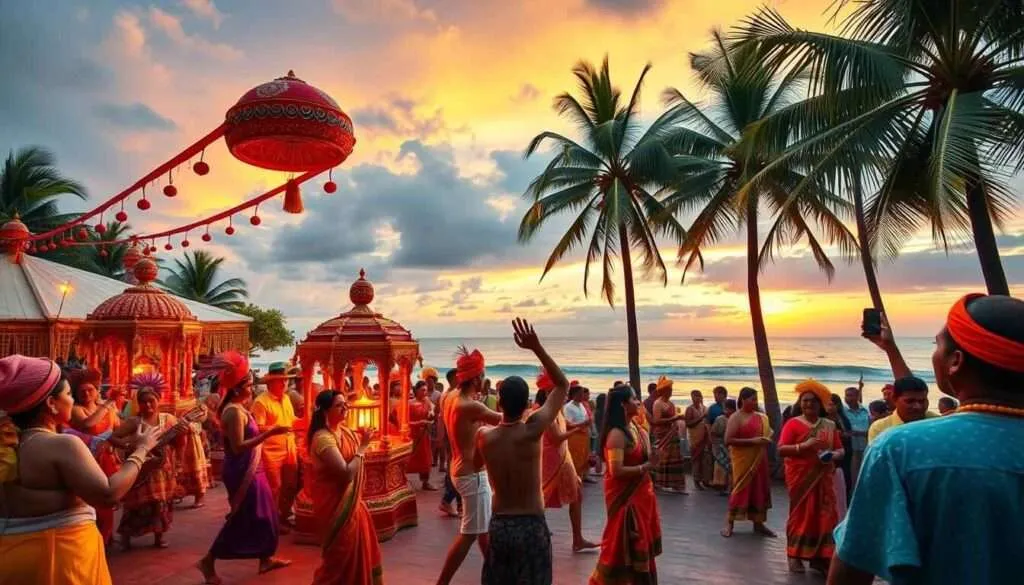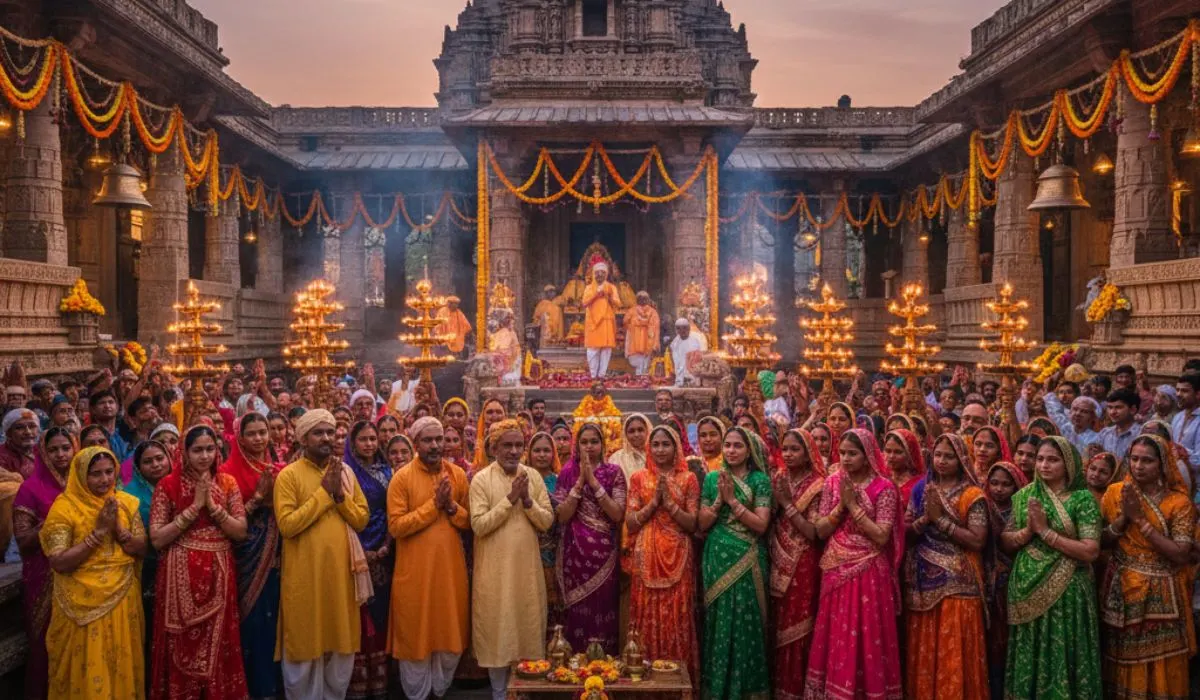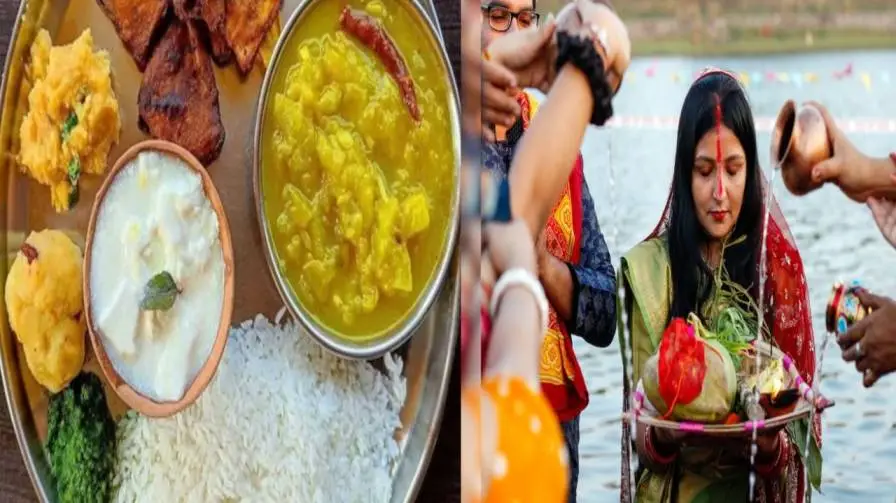Chhath Puja is a festival that is celebrated in Bihar turning it into a land of piety and spiritual passion. Though this ancient Vedic festival is celebrated across other regions of India, in Bihar, it truly comes out best due to the lack of intense religious properity and it is more a festival of cultural identity in itself.
A Festival Rooted in Bihar's Soul
Chhath Puja is not only a religious phenomenon in Bihar - it is the cultural pulse of the state. Compared to other festivals, which people in other parts celebrate equally, Chhath has a lot of connexion with the Bihari identity. This four-day festival to millions of Biharis living off their native land turns into a potent inspiration to their ethnic origin which usually makes them migrate in large numbers each time they want to go back home to their villages and hometowns.
It is named after the Sun God (Surya) and the Chhathi Maiya (a manifestation of the Goddess Usha) making it seemingly the only grand festival, as far as Hindu is concerned, which venerates the Sun and nature per se. It is among the oldest Vedic festivals of thousands of years old, and there are references to it in the Rigveda.
The Unmatched Devotion of Vratis
What stands out really great about Chhath in Bihar is the great commitment of the vratis, the devotees who keep a fierce fast. These followers, mostly women, though many men also take part in the devotion conducted over four days which is one of the strictest fasts in Hindu religion. They will not take water more than 36 hours, will sleep on the floor and ensure that they are very pure.
It is so deep that the relations of full families plan their life under the care of the vrati. Such a rigour as this, waking before dawn, standing in the chest-deep water several hours performing tr arghya to the setting and rising sun, and subjecting oneself to the utmost purity, are such displays of devotion as determine the religious nature of Bihar.
Read also: Chhath Puja 2025 Bihar Ritual Timings
Rivers, Ghats, and the Sacred Landscape
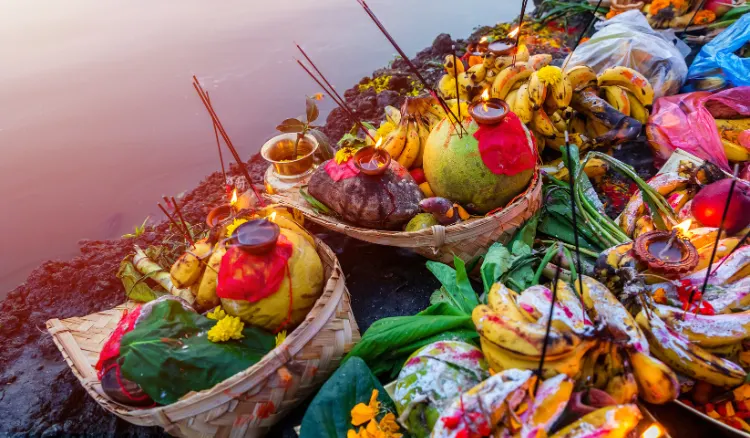
In the course of Chhath, rivers, ponds and water bodies of Bihar are immortalised as temples of worship. Millions of people flock the bank of the Ganges in Patna, the Koshi, Gandak and so many other rivers. Both temporary and permanent ghats are highly washed and decorated and transformed into spiritual scenery making them ordinary riverbanks.
Knowledge of thousands of diyas being on water in the evening arghya, the people together singing Chhath songs and the army of people, submerged in water to their waist, bring a scenario like no other country on earth. These ghats transform into the worlds where social hierarchy no longer exits, and all the people are the same before the Sun God.
Cultural Unity and Social Harmony
Chhath Puja has depicted the impressive social fabric in Bihar. People of all castes, community and economic statuses in society celebrate it equally. What is peculiar to the festival is that Hindus and Muslims celebrate it in most of Bihar reflecting on the syncretic culture of the state.
In chhath the whole community gathers as the neighbours also help to prepare prasad, strangers also come to offer help to the vratis at ghats and local authorities also make sure that the celebration is done. This communalism brings a feeling of social unification which builds communal harmony in Bihar.
The Melodious Tradition of Chhath Geet
Bihar's unique social structure has been shown in Chhath Puja. Everyone in society celebrates it equally, regardless of caste, community, or economic standing. The event is unique in that it is observed by both Muslims and Hindus in the majority of Bihar, which speaks to the state's syncretic culture.
In Chhath, the entire community comes together as friends assist with prasad preparation, strangers assist vratis at ghats, and local authorities ensure that the festival is carried out. In Bihar, this communalism fosters a sense of social cohesion that strengthens communal peace.
Ritual Purity and Environmental Consciousness
Those long arrangements in stands of Chhath are a manifestation of the wisdom India has possessed in relation to purity and sustainability. The prasad is made in yet old fashioned techniques and does not require any onion or garlic or the short cuts which are present in contemporary times.
Thekua, the aura sweet offering is confectioned out of jaggery, wheat flour and ghee all simple, pure ingredients. The cleanliness is the issue that changes Bihar during Chhat. Rivers are washed, ghats are swept and houses were cleansed. This is an annual cleaning exercise that was done out of devotion but not necessarily due to a command and as such, shows how a religious practise can help foster environmental awareness.
Diaspora Connection and Cultural Preservation
To the Bihari diaspora, the distribution of which exists worldwide and all over India, Chhath Puja is a point of reference; a reference to their identity. In Delhi to Dubai, in Mumbai to Manchester, the Bihari communities hold Chhath celebrations, and this is a recreation of the scenes of the ghats and rituals in their homeland. It is the most ethnically obvious manifestation of the Bihari culture since it is not in Bihar itself but helps community ties and continue in generations.
Read also: Chhath Puja Songs And Bhajans 2025
Economic and Social Impact
Chhath Puja has great economic and social effects on Bihar. Markets are very lively and busy with people buying markets with fruits, puja materials and traditional goods. Bamboo baskets, some types of fruit, such as sweet lime and coconuts, and earthen diyas have huge demand. The festival offers thousands of trade opportunities to the artisans, farmers, and small traders.
Another benefit of the festival is that it is observed in a context of widely known conversation of the biggest homecoming of Bihar, as millions employed outside visit the festival and enhance the familial and community ties.
A Living Tradition
The uniqueness of Chhath in Bihar is that, it is still a living and developing tradition and not a museum relic. The festival not only due to its ancient rites but they are also adapted towards the modern times. There is improved infrastructure in urban ghats, folk songs are seeing a lot of new audience over the social media, and younger generations are eagerly learning the traditions, securing continuation of this tradition.
The festival symbolises Bihar to commemorate its history even at the same time it keeps its spiritual value that was indifferent over the millennium period and still retains its originality.
Conclusion
The Chhath Puja is unique in Bihar found to have the soul of the state and its spiritual expression of its devotion, cultural diversity, social unity and foremost its closeness to nature and traditional values. It is a celebration in which the gods receive no favour whatsoever but receive appreciation of those elementary necessities of life: sunlight, water, and bounty of nature. Indeed, in Bihar, Chhath is not merely an occasion, but this is the thing that is practised, experienced, and adored like the noblest experience of being a Bihari.
The festival reminds us about the fact that there is a set of customs that are not stored in books but that are perpetuated in the immune faith of millions of people as the Sun rises and sets across the rivers of Bihar during the festival of Chhath, painting thousands of faces of adherents of the faith.



